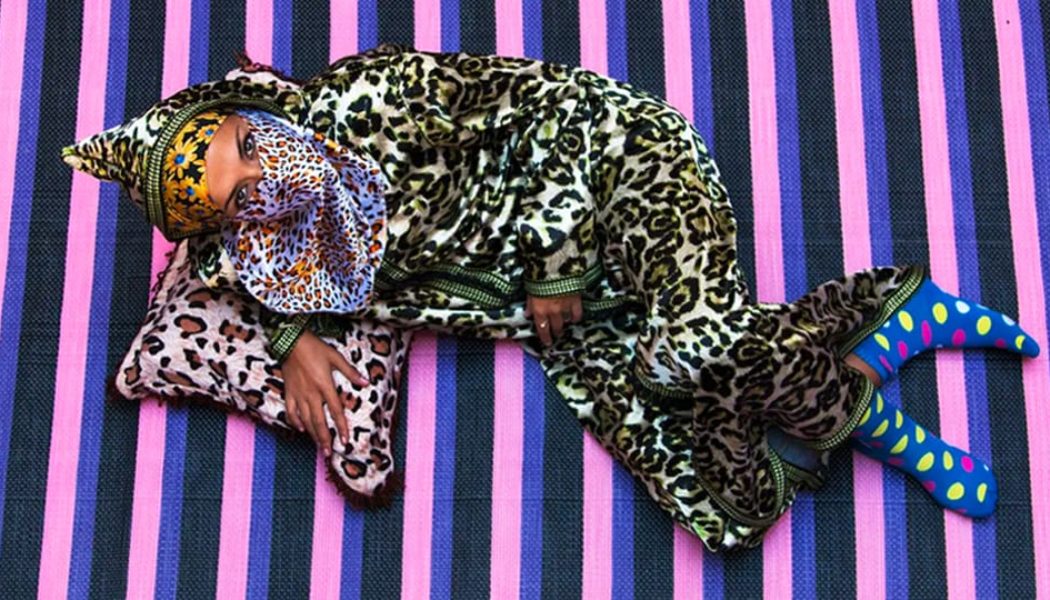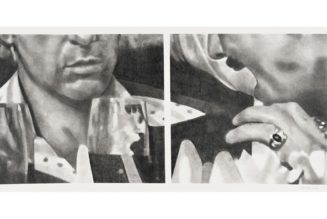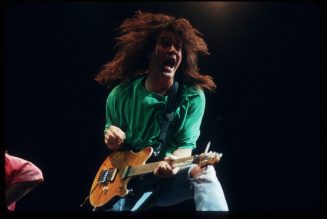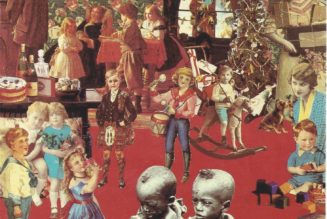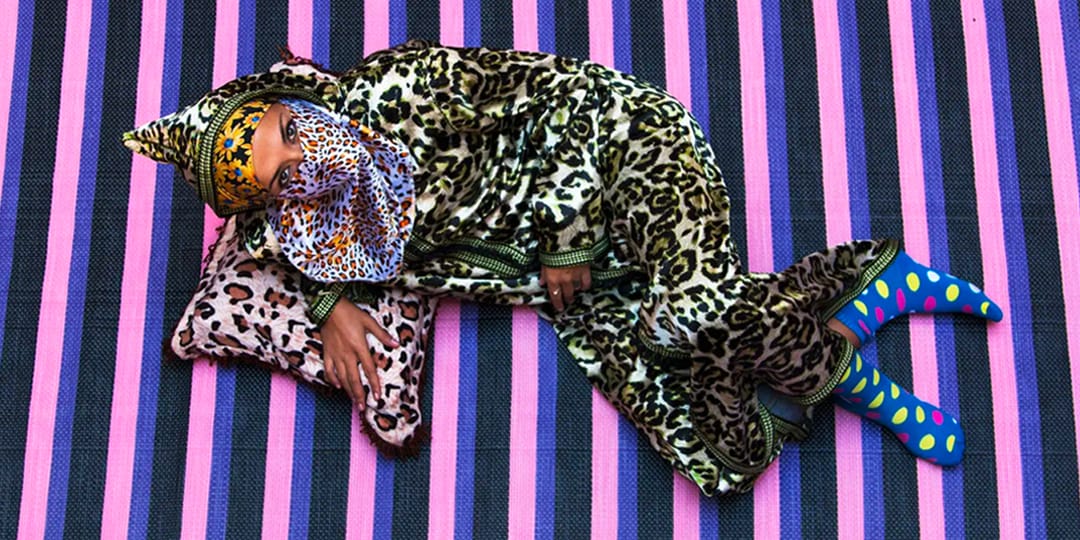
But even past the social, cultural, and political underpinnings of Hajjaj’s work, his photographs are simply beautiful to look at — a reframing of North Africa and the Middle East in all its liveliness rather than the constant state of turmoil that is projected in Western media outlets. Just as poignantly, Hajjaj’s art also recently served to help thousands in need following Morocco’s devastating 6.8 earthquake, which took the lives of nearly 3,000 people on September 8. “It was a moment that you’re never going to forget,” he remembers. “That’s when your human nature comes alive. You use your heart, instead of your head.” In the days following the disaster, Hajjaj, alongside a number of figures in the Moroccan diaspora, including Mous Lamrabat and Meriem Bennani, started a charity sale that raised over €250,000 EUR.
“That’s when you start thinking, ‘Art can affect something, in a sense as a human,” Hajjaj added. “As an artist, you can affect a person, can affect some debate, can affect somebody to like it or not — which is good. But does it really make a change? To me, this was a moment where it really made a change to help people.”
Despite being a superstar in today’s contemporary art scene, Hajjaj is supremely humble, never forgetting his roots, but maintaining the belief that home is constantly shifting, because as people and societies, we too are constantly in a state of flux. In this way, he is what British-Ghanaian philosopher Kwame Anthony Appiah describes as a “cosmopolitan patriot” — one that “can entertain the possibility of a world in which everyone is a rooted cosmopolitan, attached to a home of his or her own, with its own cultural particularities, but taking pleasure from the presence of other, different places that are home to other, different people.”
All photos courtesy of Hassan Hajjaj for Hypeart.
